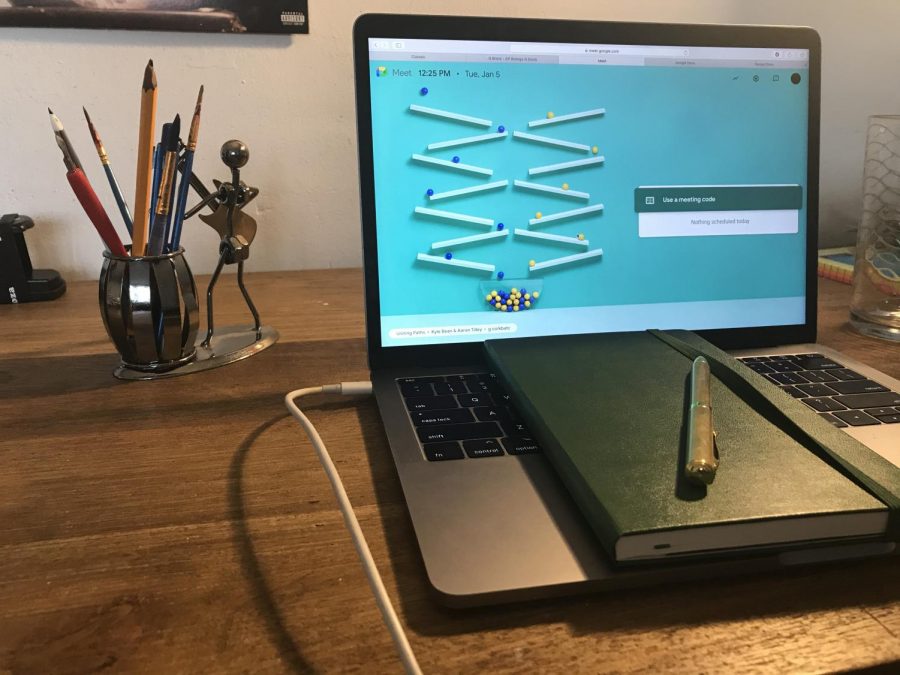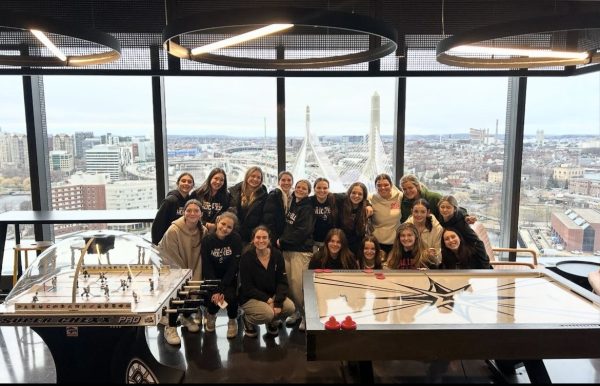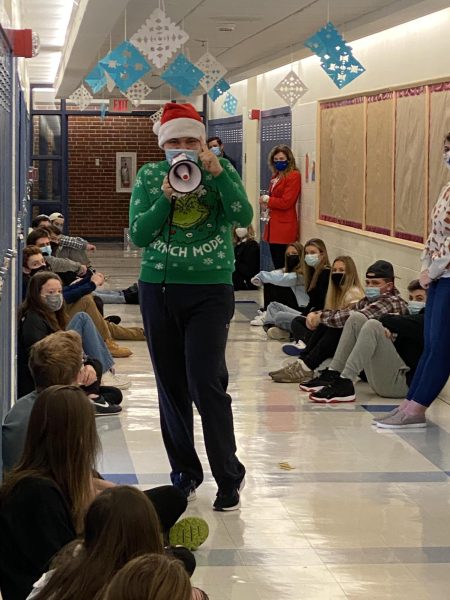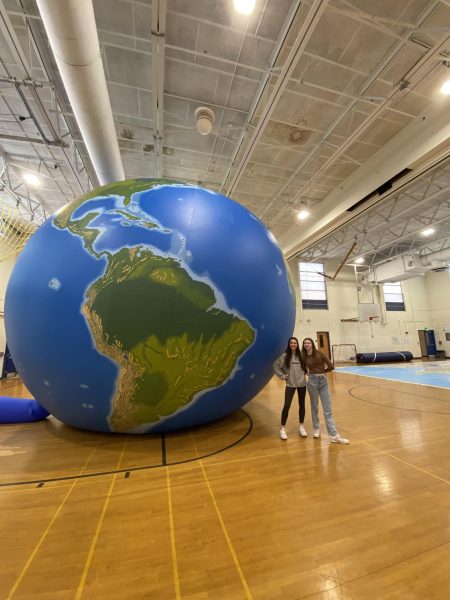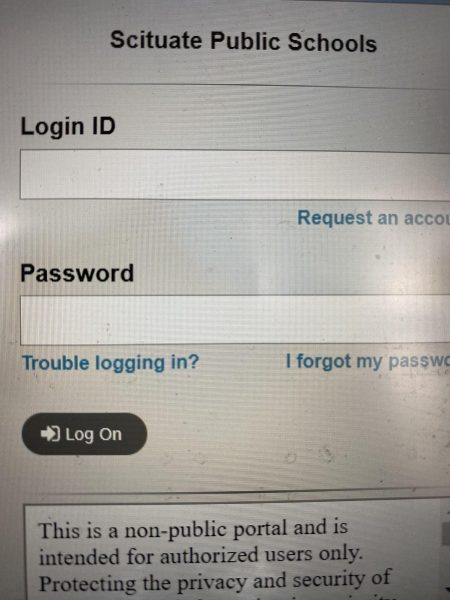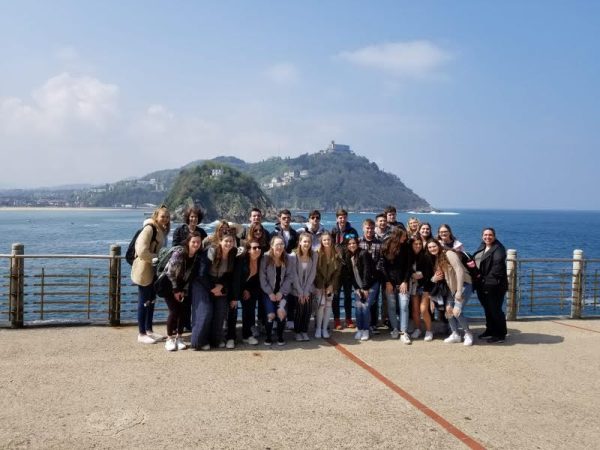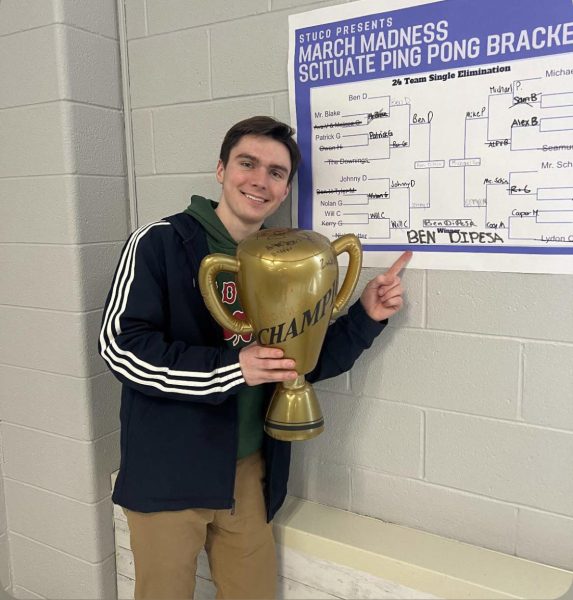The Unfortunate Need for Fully Online School
SHS returns to fully remote learning in January
January 5, 2021
On Tuesday, January 5th, Scituate High School students learned they would be returning to a fully remote learning model from Thursday, January 7th until Thursday, January 21st. Unfortunately, this is not the first time students and teachers made the shift from hybrid learning to online learning during this school year.
After COVID cases began to emerge among Scituate High School community members this past November, the SHS administration made the executive decision of imposing an entirely virtual learning environment for two weeks. Many assumed this would mean the end of in-person learning, at least for the remainder of 2020, as our lengthy quarantine last March was also initially only said to be two weeks. Nevertheless, on Sunday, November 29th, it was confirmed that students and faculty would indeed be returning to the hybrid learning format the following day.
Though I understand the reasoning behind this decision, upon hearing news of our return to in-person classes, I was left with an uncomfortable feeling. With cases in the U.S on the rise and the death toll increasing, it would seem only logical that we begin to tighten up on restrictions and guidelines for social distancing. Unfortunately, the country, as a whole, appears to be doing the opposite: Time has diluted feelings of cautiousness toward the virus, and many Americans are trading in COVID safety for a return to their pre-covid routines.
When discussing the shift in mentality for SHS community members toward the seriousness of the virus, first-year SHS Spanish teacher, Julia Hoyt, voiced words of caution. On the subject of close-contact extracurriculars, mainly winter sports, Hoyt explained how she “wants kids to be able to enjoy things, but {doesn’t} think it would wise.” Hoyt doesn’t believe the virus is necessarily spreading in school, but she said she “thought we would’ve stayed fully virtual throughout the holidays.” From her perspective, virtual learning would have been the safest option for everyone, as it eliminated any chance of in-school/school-related transmission. However, she recognized the downsides that would come with this decision from her professional standpoint.
Current COVID patterns would agree with Hoyt’s analysis of the situation. It is true–the virus is not spreading inside the school, rather through sports and extracurriculars. However, predictions for the coming months would also support Hoyt’s worries about returning to in-person schooling, as we are told to expect our darkest time of this pandemic. Hoyt’s overall summary of the situation is one many, including myself, would agree with: She feels safe in school with the precautions administration has taken but has feelings of anxiety and fear for severe COVID outbreaks in the near future.
Feelings of unsettlement have grown throughout the student population, with many students expressing disappointment toward their less-cautious peers’ actions. SHS Junior Grace Kane explained: “I see and hear about some of my classmates getting together in large groups outside of school, and then the next day I have to sit next to them in the cafeteria or in class.” There’s a sense of hopelessness in making social sacrifices to keep those around you safe, while others reap the benefits of high school memories, even though they acted selfishly.
Kane further elaborated on the mentality of those acting carelessly, saying, “They feel comfortable hanging out in large groups and throwing parties because they think they can justify their actions from the large groups we have in school.” It’s obvious this argument is flawed, considering the necessary precautions being taken in school and lack thereof outside of school. Nonetheless, these incidents are occurring, and in-person schooling contributes to it.
For the most part, the SHS administration has acted with caution and care in regard to the pandemic. The unfortunate actions of self-centered community members have left us in this situation where an in-person schedule can no longer be a safe option. Though not a direct cause for an outbreak, in-person schooling creates a sense of comfort and normality for people who choose to gather in large groups outside of school. With this in mind, fully online school is the sacrifice we must make to ostracize these foolish actions and prevent them from further occurring.
This is the message we must send to protect our community. A postponed prom is worth a future where loved ones can meet once more. A year without sports is worth the absence of a hefty medical bill. A class on Google Meets is worth a saved life. A year of online school is a satisfactory substitute for instruction if we want to bring an end to the COVID pandemic. With that, I urge the SHS community to reconsider our schooling structure for the remainder of the 2020-21 school year.
